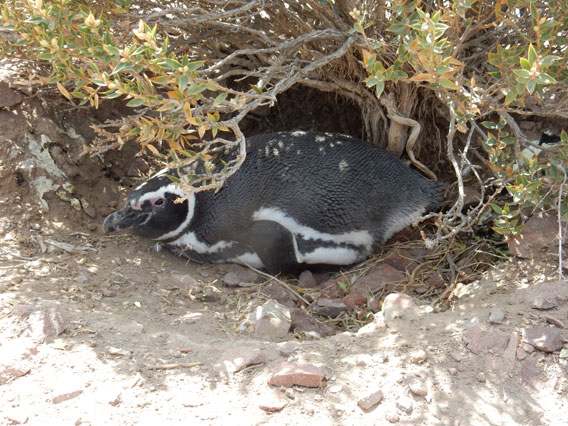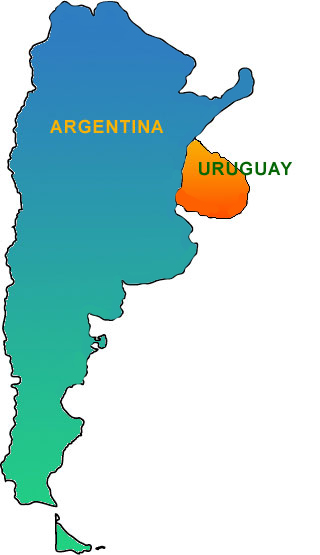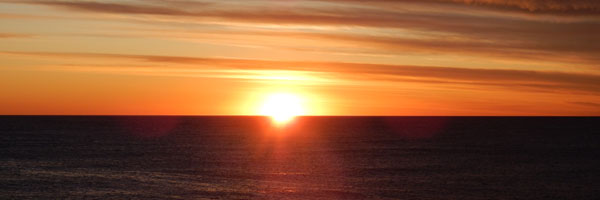Island of the Sea Lions
This morning started off with a spectacular sunrise out over the Atlantic Ocean, with bands of vivid red, pink, and orange rays lighting up the eastern horizon. It was a beautiful morning, promising to be a much warmer day than it had been earlier in the week.
When we got to the penguin colony, there was an unusual amount of noise, much more than we had heard before. At first, we thought it was the penguins, making their posturing noises that sound like a donkey braying. As we walked through the colony though, we began to realize that the sounds were coming from the Isla Moreno just offshore, where we had observed the sea lions on the first day. On this day, they were greeting the morning with an energetic enthusiasm.
We did our usual rounds of checking the nests and recording the data in the morning. We also checked on the penguins that had been given PIT tags earlier, making sure the tags were responding properly. In a couple of cases, we found that there had been a changing of the guard, with a tagged penguin replaced by its non-tagged spouse. Then each of the volunteers got to name one of the tagged penguins and symbolically adopt. I chose one of the penguins that Marcela and Flavio had given a PIT tag a couple of days earlier and named him Miguelito.

Miguelito, my Magellanic penguin
We finished our rounds of gathering data from the nests and taking turns giving a name to our adopted penguin. Then we had a nice lunch in the field of Pollo Milanesa, a breaded chicken cutlet, and homemade potato salad.

Pollo Milanesa and homemade potato salad
After lunch, we hiked down the hill to the water's edge and spent some time watching the sea lions and relaxing in the Patagonian springtime sun. The sharp eyes of Geno spotted something different at the top of the ridge above the sea lions. It was large and gray, blending in with the surrounding rocks, and barely moving. Every few minutes it would raise up its head and move a little, then go back to sleep after such exertion. It was clear that it was a southern elephant seal (Mirounga leonina), very unusual to see in the midst of a sea lion colony.
After a couple of hours on the beach, Gaby took us on a short field trip, up to the Mirador Isla Arce, an observation point that looked out across a spectacular vista of coastline, offshore islands, and the wide open Atlantic Ocean. It was a great way to end the expedition at Cabo Dos Bahias.
| Next up: Last Day in Camarones
|


© 2016 Michael Hanrahan